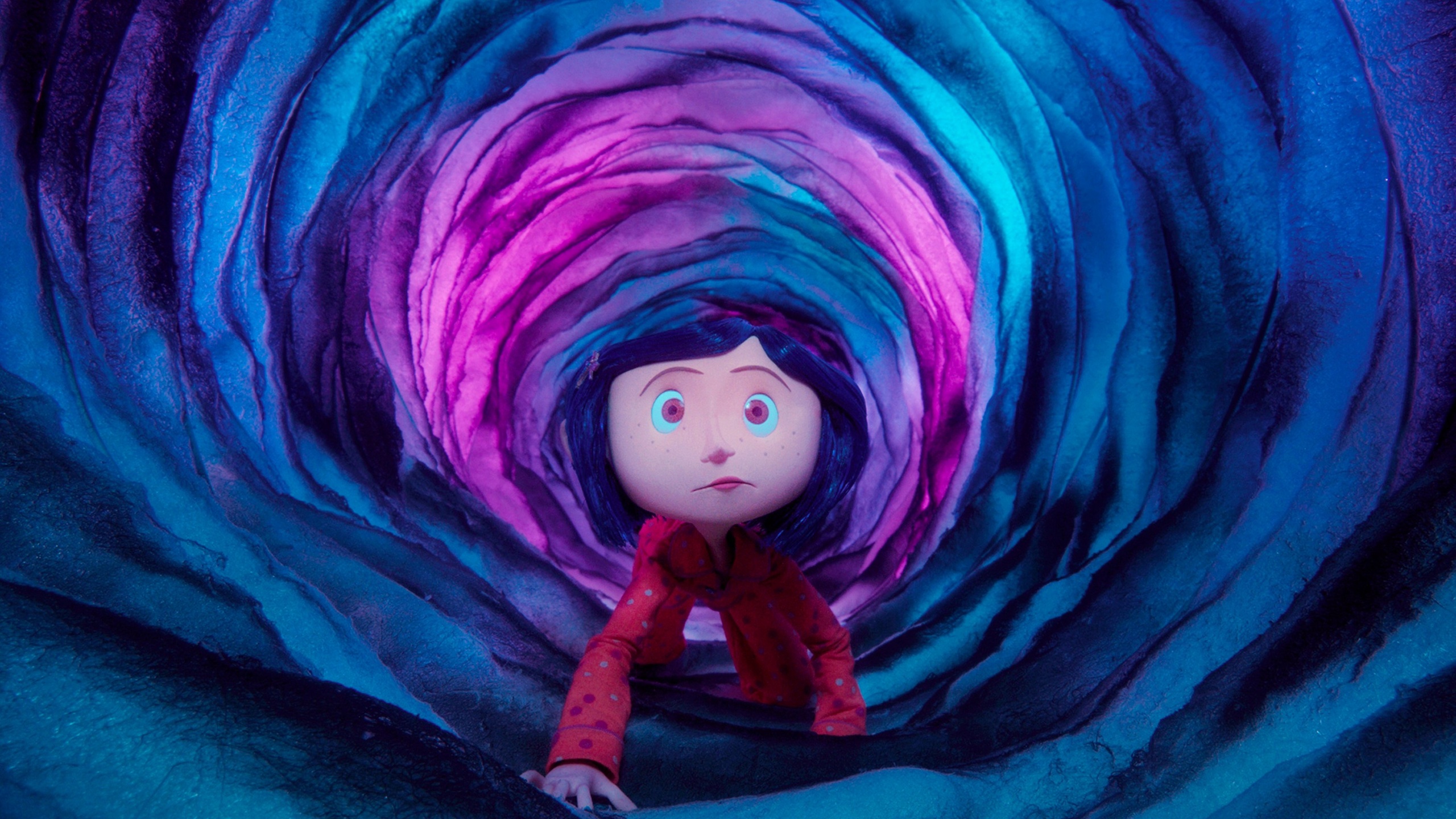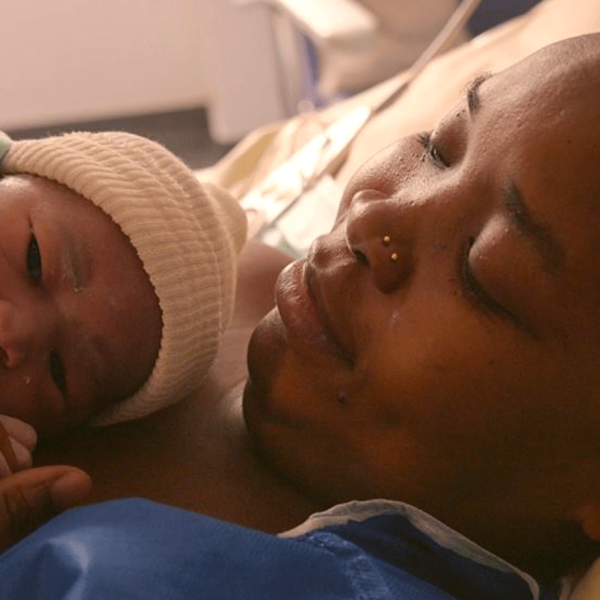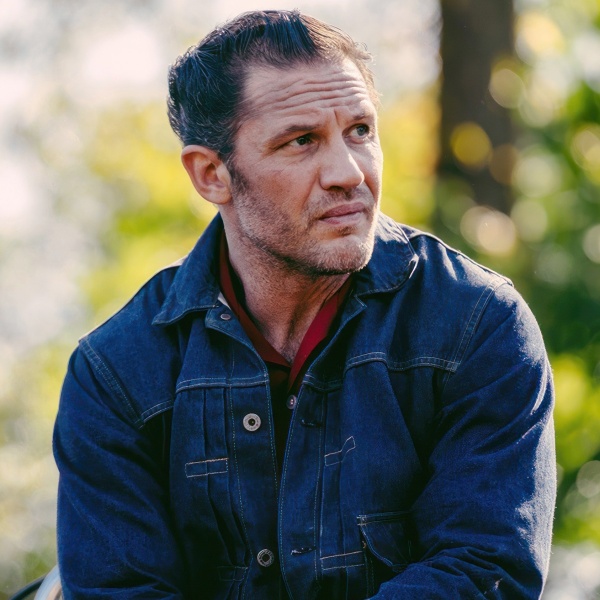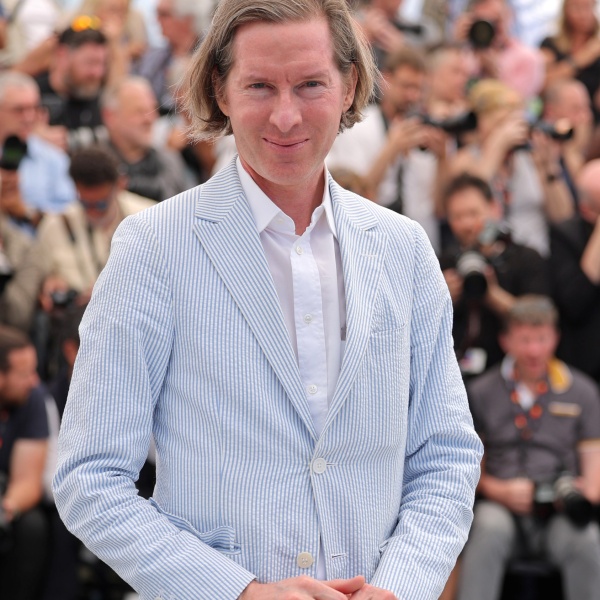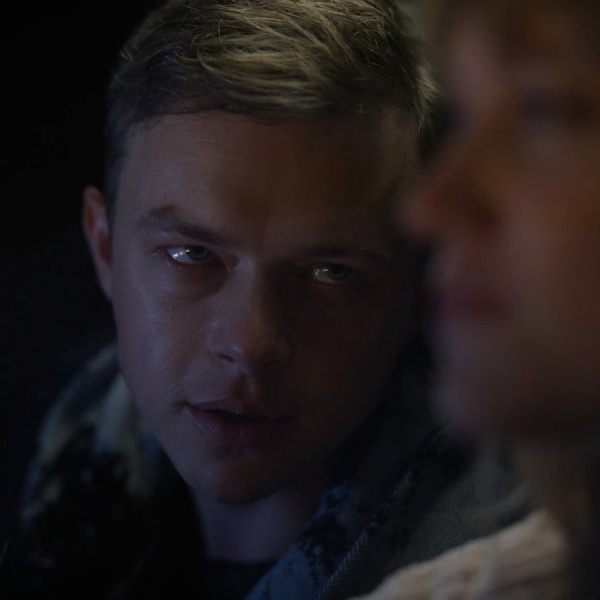“Coraline,” the masterful stop-motion debut from Oregon-based Laika, turns 15 this year. It’s currently being honored with a 3D remaster in theaters (also screening in 2D through Fathom). In addition, there’s a bevy of merch, including a new Mondo vinyl soundtrack by Bruno Coulais, a Converse collection, and a partnership with Portland’s Stumptown Coffee.
Which is why “Coraline” director Henry Selick was recently in London promoting the 3D remaster and appearing at the launch of the “Laika: Frame x Frame” exhibition at BFI Southbank. He spoke to IndieWire via Zoom about ushering in the digital stop-motion revolution at Laika in 2009 and creating the iconic rebel with blue hair and yellow raincoat.
“I had incredible support from Laika and Travis Knight [the studio’s president and artist-turned-director] to pursue exactly what I wanted,” Selick said. “Not that every moment of the film was dictated by myself, but I was able to make the choices and used a lot of ideas from a multitude of people. But when we needed to build a substantial [Orchard] set, we got to build it. When I wanted to do the jumping circus as stop-motion replacement puppets, just like George Pal might’ve done, I got support.”
Selick’s adaptation of the popular Neil Gaiman novel is a cross between “The Wizard of Oz” and “Alice in Wonderland.” It concerns the 11-year-old eponymous social misfit (voiced by Dakota Fanning), who discovers an alternate reality to her dull new home in Oregon behind a secret door that turns into a nightmare.

“It was the right time for me and for the type of film that it was,” he continued. “It really broke a lot of rules. It was scarier than most animated films, maybe a little more imaginative, or at least more original. So that made a splash.
Released during the digital boom, “Coraline” was both a critical and commercial success (earning Laika the first of five Best Animated Feature Oscar nominations). The movie elevated the tactile, hand-made artistry of the craft, combining stop-motion techniques with digital design and VFX. It offered greater scope and immersion, and benefited from being the first stop-motion feature shot in 3D.
“It was new technology that I was willing to embrace,” said Selick. “Shooting digitally, we were able to store the entire shot, and it was mainly an advantage, although I had to encourage them to keep moving forward and stop looking at what they’ve already done.
“Shooting in 3D was a bit of a challenge,” he continued, “but our director of photography, Pete Kozachik, came up with a brilliant solution using one camera and a little model mover that was very precise. So it would take one frame of the left eye, one frame of the right eye that would shift back and the animator would move to the next iteration of a pose. We used 3D as part of the story, and we used it very carefully.”
Selick was impressed with the remastered 3D in 4K, which offers greater detail and will be a revelation to viewers. “So it’s about putting information back and filling in things that were missing,” he said, “particularly in blown-out whites and muddied-up black areas. So you end up with a more refined version of the film.”

A new generation of viewers will also be able to better appreciate how the Laika artists pushed the boundaries of cinematic storytelling by scaling up the crafts of puppet making, set building, cinematography, and animation. For example, the traditional puppets crafted from clay, metal armatures, and foam latex were set apart by the creative use of found objects. They were also enhanced by the introduction of rapid prototype 3D printing for easier face replacement and more expressive performance. This innovation earned Laika the Academy’s Sci-Tech Award in 2016.
“I remember seeing a 3D printer for the first time with Martin Meunier, our creature supervisor, while prepping ‘The Life Aquatic’ in our San Francisco office,” Selick said. “Martin and I both thought there’s a way to use that to replace the arduous task of hand-sculpting every in-between phase of key expressions on our characters. And, ultimately, when we went to Laika [where Meunier became facial animation supervisor], this very talented young man, Brian McLean, was brought in to work with us, who ended up heading that division. We were able to use it for a lot of the key characters. And I do feel that Coraline became more expressive, but we didn’t keep it in the computer. I worked with 2D animators for all the expressions ’cause I love what a 2D animator will do way more than what a computer rig can do.”
To further honor the film’s 15th anniversary, Laika made the first stop-motion digital magazine cover with Empire Magazine as a link between Coraline and Prue, star of the studio’s sixth stop-motion feature, “Wildwood” (2025). Based on the YA fantasy by Colin Meloy of The Decemberists, “Wildwood” is directed by Knight and is the first Laika film set in its hometown of Portland. It concerns 13-year-old Prue (voiced by Peyton Elizabeth Lee) and her quest to find her younger brother in the eponymous forest. A teaser for “Wildwood” is playing before the remastered 3D “Coraline.”
During the making of “Wildwood,” a team of Laika artists, armed with a new Coraline puppet and upgraded costumes and sets, recreated the doorway and tunnel from “Coraline” as a bridge to “Wildwood” and our first glimpse of Prue. “With ‘Coraline’ reaching this significant milestone, it felt natural for her to symbolically pass the torch to Prue, another trailblazer in the Laika canon,” David Burke, Laika’s chief marketing & operations officer, told IndieWire.
Yet Selick has the satisfaction of bringing “Coraline” to the screen and watching the character’s popularity grow. “She’s a pretty ordinary kid who’s clever, who’s very brave, who has her own sense of style,” he said. “Early on, when the film was first released, even then I would travel around the world and I met kids of every race who had dyed their hair blue. They identified with her even if she wasn’t exactly like them in other ways. I’d like to think that that’s from a good beginning and has only grown with more blue-haired girls and yellow raincoats.”
“Coraline” returns to theaters for a limited engagement beginning August 15.
